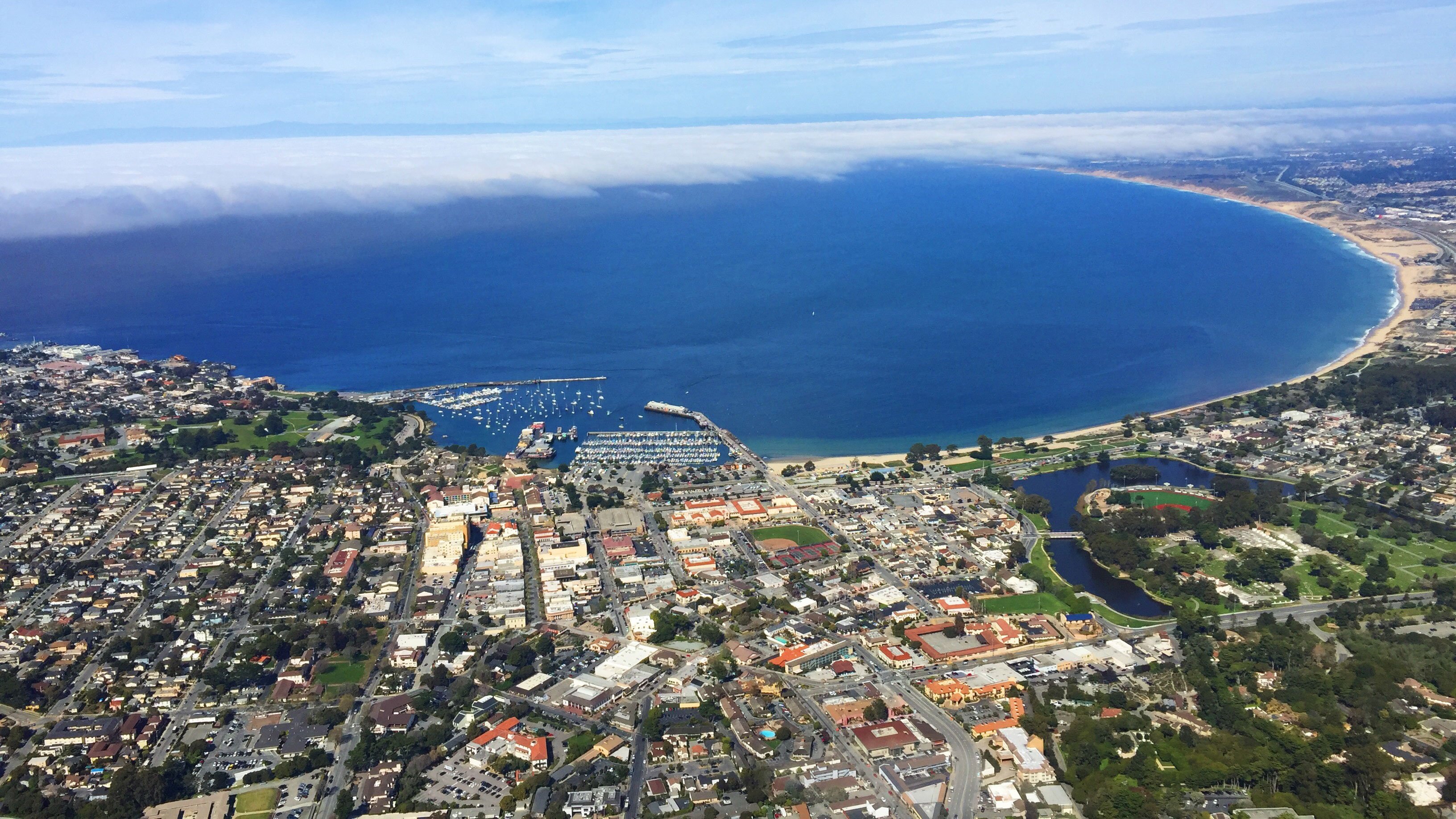The central California city of Monterey is located along the state’s rugged coastline, with expansive views of the Monterey Bay. The area’s moderate climate makes it ideal for agriculture, earning it the nickname the “Salad Bowl of the Nation,” with major farming productions providing a range of fruits, vegetables and even grapes for wine production. Monterey Regional Water Pollution Control Agency (MRWPCA) processes more than 18.5 million gallons of wastewater each day for the region’s nine cities.
After completing an extensive research project in 1998, the agency determined that recycled water was safe for use on various crops. As a result, the area decided to implement wastewater recycling programs to help support the local crop irrigation needs. The agency also provides recycled water for 12,000 acres of high-value food crops.
The program’s recycled wastewater is pulled in from more than 10 collection points for fresh, edible food crops, including artichokes, celery, broccoli, lettuce and cauliflower. This vast system includes the Salinas Valley Reclamation Project (SVRP) water recycling plant and the Castroville Seawater Intrusion Project (CSIP) distribution system.
The gathered wastewater is cleaned through an extensive process-control system, which requires tight control over water-quality analysis, level control, chemical additions and distribution.
After almost 15 years in operation, the control system running the process was nearing obsolescence. The dated Windows® XP-based human-machine interface (HMI) software had no backup power in case of a shutdown or emergency. Communications from the various, disparate collection points often were delayed and irregular, leading to falsified communication status. Additionally, production data was logged manually, a time-sensitive and error-prone process that also made data transfer unreliable.
The system operators were unable to quickly gather data and trend reports critical for good decision-making. For example, if an engineer put in a request for flow estimates, the data might not be available for weeks.

![The Monterey Regional Water Pollution Control Agency (MRWPCA) upgraded its control system with a PlantPAx DCS. This control cabinet at the Salinas Valley Reclamation Project (SVRP) water recycling plant after the conversion has one whole rack removed and one PLC. Old PLC code was converted easily to the new DCS. [CLICK IMAGE TO ENLARGE]](https://rockwellautomation.scene7.com/is/image/rockwellautomation/img-2415--photograph-848w477h.848.jpg)
